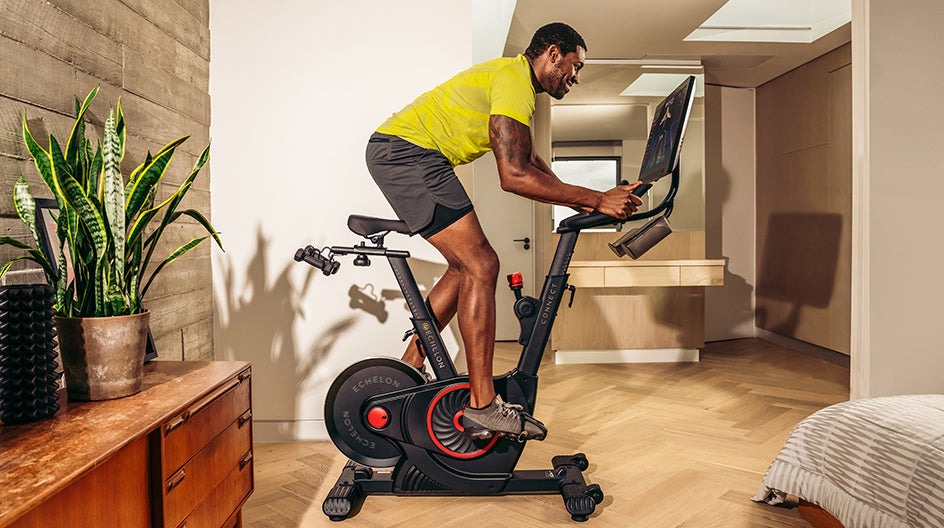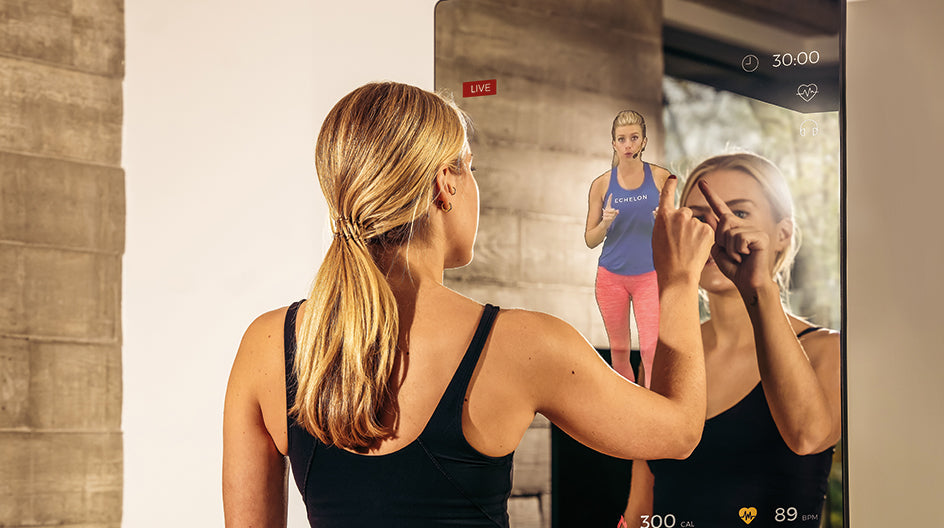Festive Deals Live Now! | Last order dates for guaranteed Christmas delivery Mainland UK 18th December at 2pm
-
Festive Deals
-
Equipment
-
Membership
-
Merchandise
-
30-Day Home Trial
-
Why Choose Us?
-
Your Safety Matters
-
News
-
Gift Vouchers
-
Echelon Commercial
-
Member Login
-
Store Login
Connect Rowers
Strength Training
Smart Fitness Mirror
Stair Climber
Festive Deals Live Now! | Last order dates for guaranteed Christmas delivery Mainland UK 18th December at 2pm

Smart Bikes

Smart Treadmills

Smart Rowers

Stair Climber

Smart Fitness Mirror

Strength Home
NEW!

Exercise Bench
NEW!

Adjustable Dumbbells
NEW!
SMART HOME ROWERS
Why choose Echelon?REFLECT FITNESS MIRROR
Why Choose Echelon?Rowing Machine Mistakes to Avoid

3 min read
Unlike walking or running, rowing is not a natural action, and it can take some time for individuals to learn and perfect their form. In this article, we are discussing the most common mistakes made by novice rowers on rowing machines to help you improve your form and get the most from your rowing machine workouts.
If you are new to indoor rowing, we would recommend checking out ourIndoor Rowing for Beginners and ourTop Tips for Improving Your Rowing Machine Technique articles first.
The Rowing Stroke Explained
Before we look at the most common mistakes to avoid when using your rowing machine, we wanted to include a quick recap on the rowing stroke, which includes 4 core phases: the catch, the drive, the finish, and the recovery.
The catch – This is the starting position, where your body should be leaned slightly forward with a straight back and a tightened core.
The drive – This involves pushing away from the rower by driving your legs up and pushing your heels into the pedals, whilst you slide along the rail, swing your body back through your hips and pull the handle towards your chest.
The finish – This is the final position of your body at the end of the stroke, where your body will be slightly leaned back, with extended legs and tucked elbows.
The recovery –The recovery is the most relaxed movement, allowing for a moment of recovery. During this phase you will extend your arms and then lean and glide forward until you are back in the starting position.
Top Five Rowing Machine Mistakes to Avoid
Rowing with Your Arms Instead of Your Legs
One of the biggest mistakes individuals make when using a rowing machine is that they try to row quicker by pulling the handle harder and focusing on their arm movements. However, in rowing, the majority of power generated in each stroke should be from your legs, with roughly only 20% of the total power generated being from your arms and 20% from your core.
If you are wanting to improve your rowing speed, you will see little improvement by pulling the handlebar harder. Instead, you should be focusing on strengthening your legs for the drive, and it isn’t until your legs first straighten that you should start using your upper body strength to pull the handle.
Rushing the Drive Phase
Another mistake many individuals make when rowing is that they try to move through the drive as fast as possible. Whilst a quick drive is important to increase your strokes per minute, an effective drive involves connecting with the resistance your handle is giving and pressing through your heels to power yourself backward on the seat. Rather than focusing on speed, you should be thinking about intensity and connection during the drive.
Excessive Layback
Leaning back too far on the drive is another mistake many rowers make. As well as placing pressure on your lower back and increasing your risk of injury, excessively leaning back on the drive wastes energy. To avoid leaning back excessively, you should visualise the 11 o’clock and one o’clock positions on a clock face. During your rowing stroke, your upper body should remain within that range of movement to maximise efficiency.
Over Gripping the Handle
Another common mistake that many new rowers make on an indoor rower is that they over grip the rower handle. Squeezing the rower handle too tightly can result in undue tension and strain on your arms and shoulders, which can impact your performance.
To avoid over gripping the handle, your fingers need to be comfortably wrapped around the grip with your thumbs tucked underneath, and your wrists should remain flat throughout the entire stroke cycle.
Bending your knees too early on the recovery
The final mistake to avoid when using a rowing machine is bending your knees too early during the recovery phase. As the name suggests, the recovery is the part of the stroke in which your legs get a much-needed break, and by bending your knees too early, you limit your recovery, use more energy and can struggle to establish a good rhythm.
To avoid early knee bend you need to keep your legs straight for a moment as you complete the finish phase and allow the handle to bring your arms forward.
Get Rowing with Echelon
Start your indoor rowing journey with theEchelon Row Smart Rowing Machine. Enhanced with impressive smart technology, the Echelon Row challenges your cardio and strength with minimal impact.

Why Echelon is Different
See why we are the most affordable and best value at home fitness on the market.
Related Posts
Your Cart
There is currently no items in the cart.
See our best deals


















